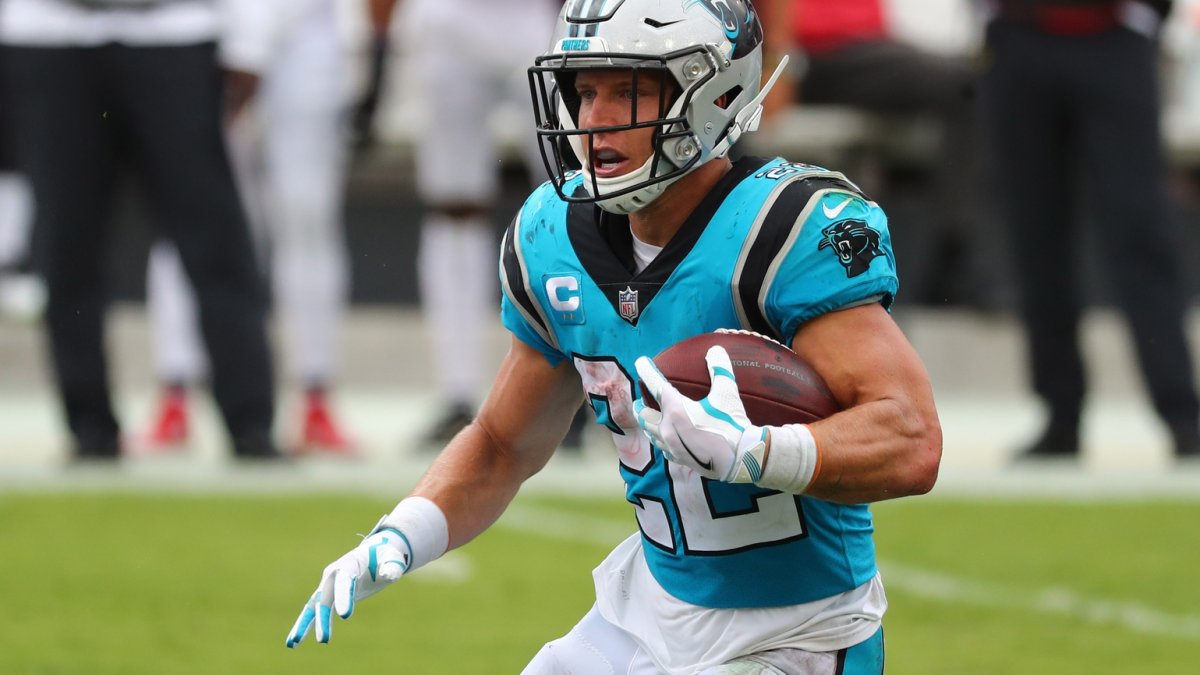Now that the dust has settled on fantasy draft season, the real jockeying for the title is about to get underway.
No one drafts the perfect fantasy football team, no matter how exciting things look on paper or the grade it receives post-draft. There are always holes to fill, whether it's by adding a second running back or finding the right player to improve the FLEX spot. But while some of this activity can happen through the waiver wire, few significant improvements become available on the crop of undrafted players.
Click here for more PFF tools:
Fantasy Draft Kit | PFF Betting Dashboard | PFF Fantasy Rankings
PFF Fantasy Projections | NFL Premium Stats | Win Totals Tracker
The best way to improve the outlook of your fantasy team is by making trades with other league managers.
Fantasy players tend to overvalue their players while undervaluing everyone else's, which leads to numerous two-for-one trade requests where two less-than-stellar pieces are offered for one or two studs on your roster. Sometimes the reject button cannot be pushed hard enough.
This phenomenon is a psychological concept called the endowment effect. This theory can be described as someone assigning extra value to a commodity simply because they currently own it.
Ideally, fantasy football trades should meet both managers’ needs, as it is possible to make a worthwhile trade where both participants improve their team. Of course, everyone tries to be the person who fleeces the unsuspecting or foolish fantasy manager, but is this the correct long-term approach? The old adage applies to all fantasy football trade requests: You can shear a sheep many times, but you can only skin him once.
This article aims to help alleviate the difficulties in making accurate fantasy trades by assigning a dollar value to any player above replacement level for standard-structure leagues — leagues that start 1 QB, 2 RB, 2 WR, 1 TE and a flex.
Both PPR and standard-scoring leagues are highlighted. This year Superflex has also been added as a column where an additional starting spot can be made up of any skill position player, including quarterback. This league structure sees the value in quarterbacks skyrocket, with 12-team leagues holding onto every available starting NFL quarterback.
The calculation utilizes our rest-of-season fantasy projections for every player's fantasy outlook. We assign a value of zero (-) to players who are just out of the realm of possible starts in that particular league type, which provides us with a replacement-level basis of fantasy points for that position. Every player above replacement is then assigned a value based on the rest-of-season projections. This accurately takes into account both position scarcity as well as future projections.
The values can be used to line up both individual players in trades and two-for-one or three-for-two offerings, among others. This hopefully helps some fantasy managers come to a consensus on worthwhile trades for both parties. Typically, the side giving up the most players should expect to pay a premium of 5-10% over the stud player's cost.
The value rankings work across positions, but it is often easiest to compare within positions before finding the value for players at other positions. Hit me up on Twitter with any questions or if you are looking for customized charts based on unique leagues and/or scoring.




 © 2024 PFF - all rights reserved.
© 2024 PFF - all rights reserved.